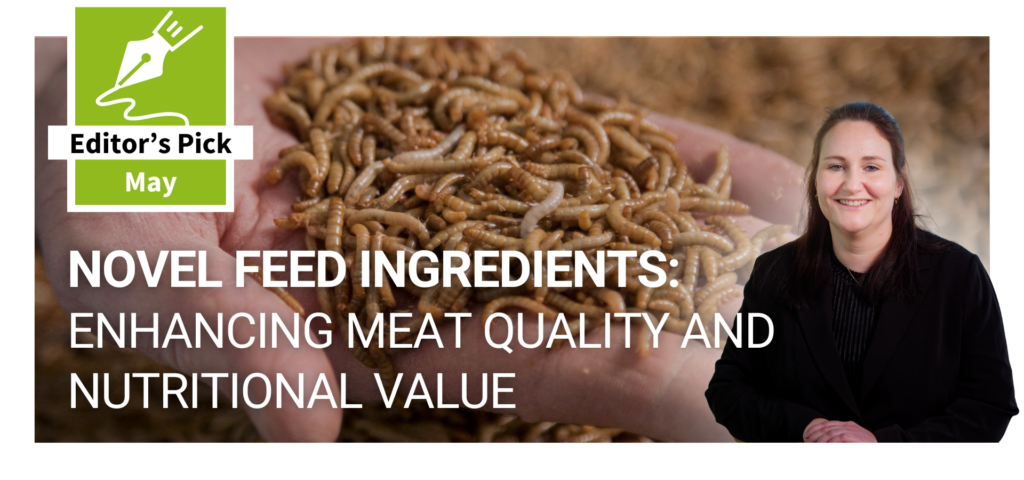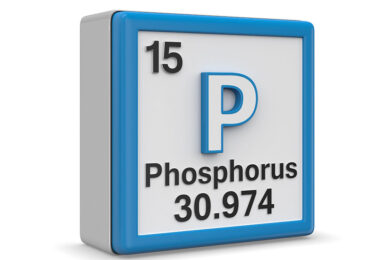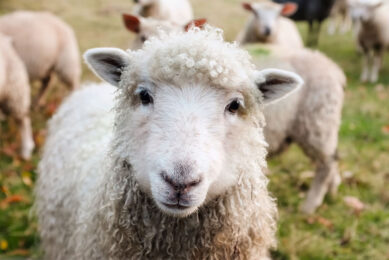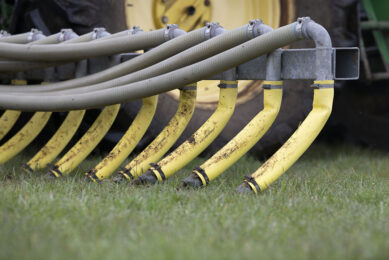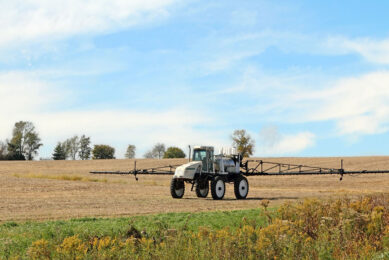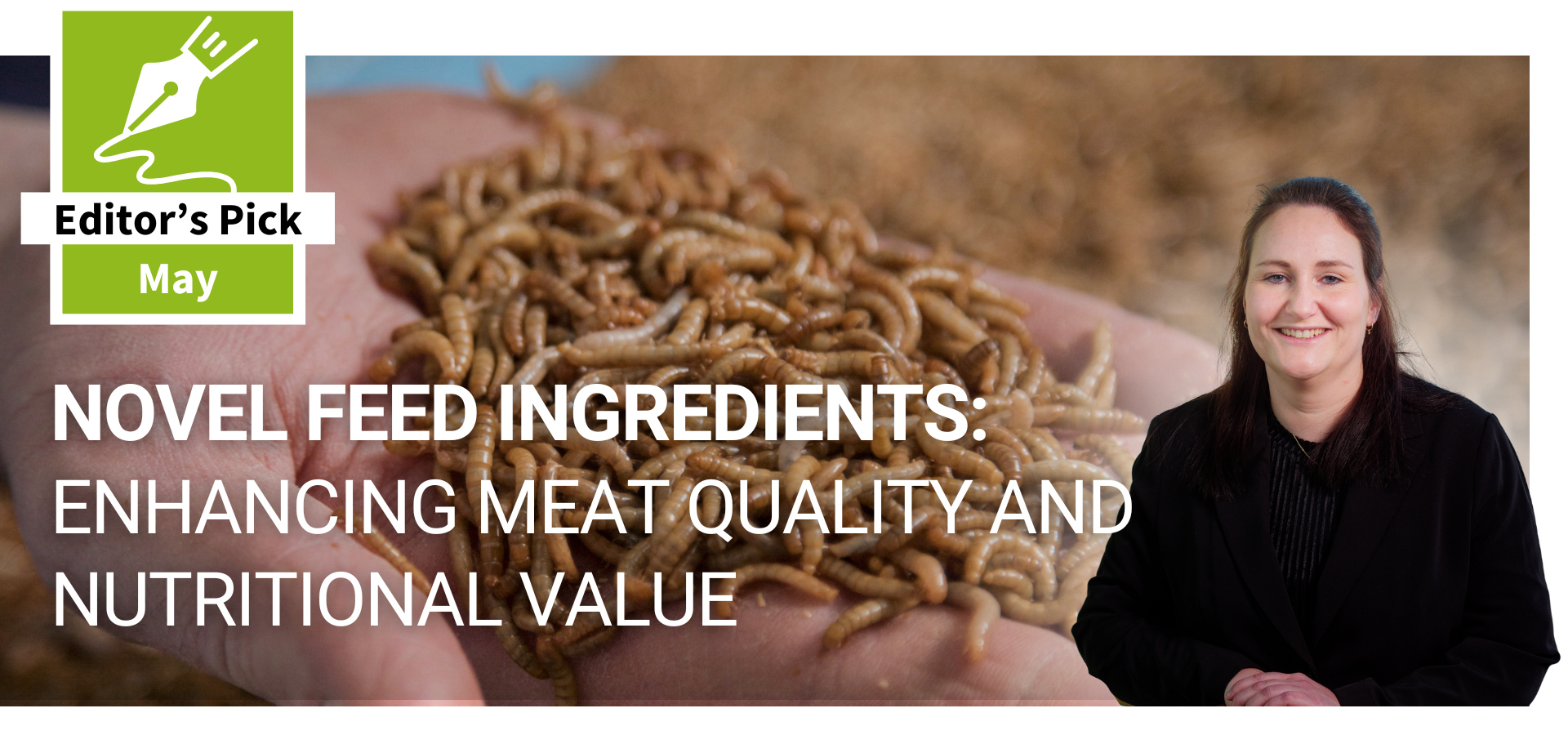2 years of high fertiliser prices as Ukraine war rages
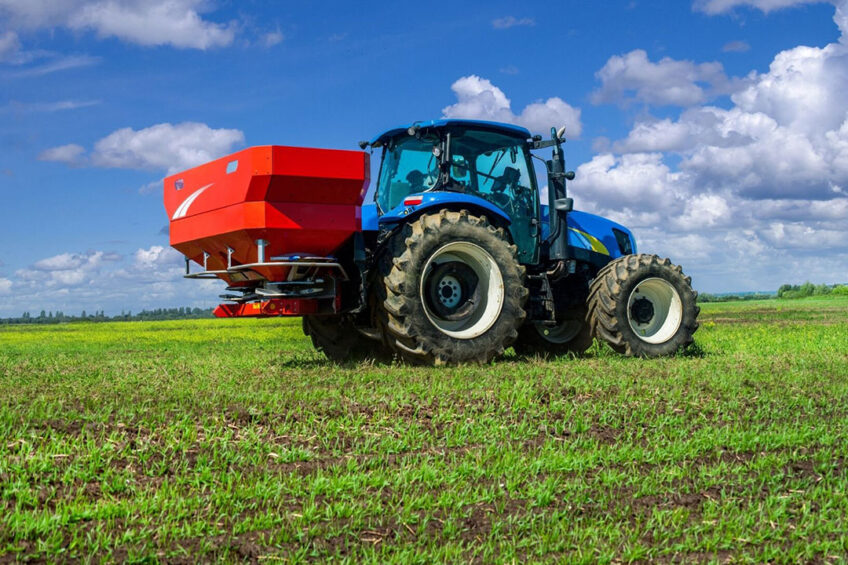
High fertiliser prices are set to eat into farmers’ margins across all sectors for at least 2 years, according to the world’s largest nitrogen company.
CF Industries Holdings predicts the product will remain expensive but said US farmers were not yet shying away from buying. Bert Frost, senior VP of sales and market development, said the company was seeing “demand deferral” not demand destruction.
Over 70% of fertilisers manufactured in Europe are nitrogen based and the production of this kind of fertiliser requires nitrogen from air and hydrogen from gas to generate ammonia, the foundation of nitrogen-based fertilisers.
The unprecedented high gas prices in Europe have made the production of ammonia and fertilisers at times uneconomical.
Record gas prices drive up fertiliser costs
With gas used as both a raw material and an energy power to power the synthesis process, as soon as gas prices rise, fertiliser costs soon follow. Record breaking gas prices have driven the cost of fertilisers up by 151% on an annual basis, putting producers and farmers under enormous financial strain.
Jacob Hansen, Fertilisers Europe director general, told Euronews the situation was dire: “With gas now representing up to 90% of the variable costs in fertiliser production, the situation has become economically stressed for the fertiliser sector in Europe.
“The unprecedented high gas prices in Europe have made the production of ammonia and fertilisers at times uneconomical,” he added.
Fertiliser costs impacting crop choices
At the farmgate, fertiliser costs were discussed at the Syngenta variety plots event ahead of the key Arable Event next year. Peter Hawkins, Syngenta West Midlands area manager, told trade media that the higher fertiliser costs meant maintaining good crop margins was a fine balance.
Deciding which winter wheat and barley varieties to plant this autumn sets the scene for this, he said, adding that growers would have to decide whether to try new varieties that may promise extra yield or stick with established ones that had a good track record of providing a decent performance in past years.
2023 harvests
The UK’s Agriculture and Horticulture Development Board looked this week at what could the impact be on harvest 2023 from high input costs. It found that margins could well be squeezed to a greater degree next season due to the higher input costs.
Megan Hesketh, AHDB arable senior analyst, said these higher input costs could see some farmers either reduce their nitrogen applications, reduce their cropping areas, or both. These adjustments could be necessary for businesses to optimise their margins, or because of a less liquid cash flow.
Decline in wheat, barley & oil seed rape
In all circumstances, AHDB said there could be a production decline in wheat, barley and oil seed rape in the UK for harvest 2023 but the fluctuating price of fertiliser and its availability needed to be taken into consideration. The most recent anecdotal quotes are lower than the £839/t being quoted in March but are still over £700/t. Availability remains challenging and further price volatility is not off the table, particularly given the current gas forward prices.
Grain prices
If farmers cut the area farmed in the light of higher input/fertiliser costs, they will normally cut least productive land first, which could mitigate the yield impact from fertiliser application reduction to some extent. The other issue to bear in mind is the price of grain itself, and the potential margin it could offer for growers. UK Nov-23 futures closed last week at £270.65/t – a rise of £96-60/t since the contract opened last July.



